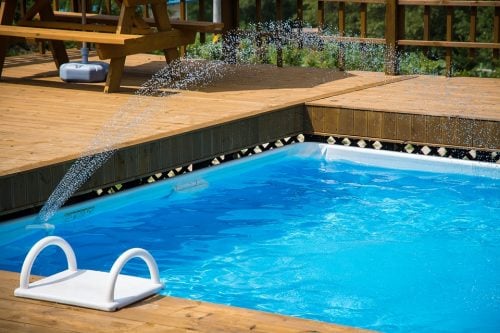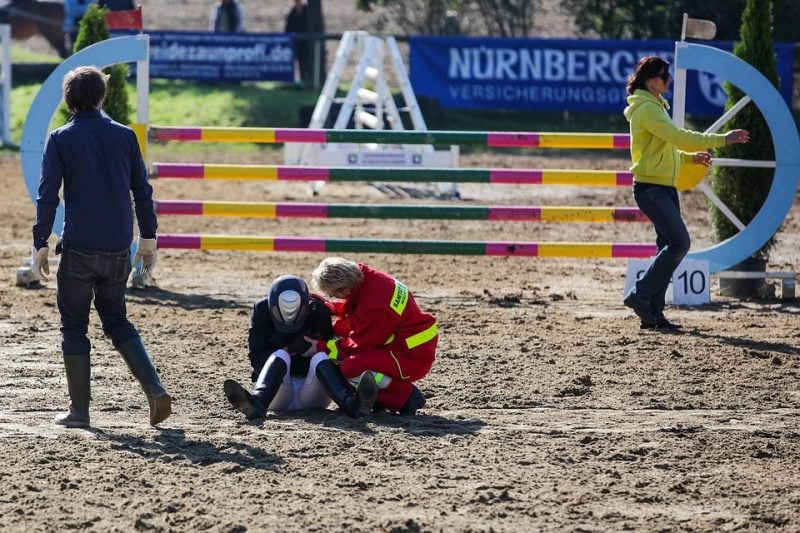Swimming Pool Construction Process.
Swimming pools are the gold standard for any home yard. They improve the overall looks of outdoor spaces while increasing the property value. However, there are several factors involved in the construction of a pool. Here is how the swimming pool process goes
Legal Affairs and Regulations.
Most residential areas are governed by a set of rules that ensure order in the community. It’s mandatory to consult community councils on permits that may be necessary for the commencement of a swimming pool construction project.
A building permit is often acquired after submitting copies of the plot plan, the blueprints and the cross-section. The zoning department also approves site and construction plans before the permit is finalized.
Hiring a licensed contractor will save you the stress of following up on permits and other paperwork.
Finance and Budgeting
When it comes to pool construction, it’s important to have your finances ready to ensure you don’t build castles in the sky. How much you will need depends on several factors.
Your location affects construction costs since the process is adapted to the conditions of the installation site. The cost of ground preparation and excavation all depend on where you want to put up your pool.
The type of pool you want is the ultimate cost determining factor. It’s important to do proper research on the pool you desire to get a rough estimate of how much it will cost you. With a budget in place, you can confidently continue with the construction process.
Size of Your Home Yard.
The size of your front or backyard will guide on the dimensions of the pool as well as the type of pool to construct.
Smaller spaces are suitable for vinyl pools and fiberglass pools. Fiberglass pools also have the advantage of a prefabricated build. This means the design can be selected earlier in accordance with the preference of the homeowner and the space available.
Larger compounds can accommodate concrete pools which are limitless in size and design. Moreover, extra pool fittings like fountains can be put up in the area.
Type of Swimming Pool.
Before construction kicks off you must know the type of pool you want. Above ground pool, semi-inground and in-ground pools are the three main types of pool.
Above ground pools sit above ground level and are fairly cheaper to purchase. They take a shorter time to construct, and most are assembled on site. The pool installation often doesn’t require any permits
On the other hand, in-ground pools require permits, time, and a lot of financial investment to complete. Installation of the pools is complex and needs professional input. Specialized machines like excavators are also needed for the job
Semi-inground pools have a unique build that is partially buried and partially above ground. Installation of the pool is as complex as an in-ground pool and requires expertise.
Pool Design.
Once you have decided on the type of pool, the next thing is to pick a design.
Fiberglass pools are the best option for those who’d like a versatile, low maintenance pool.
The pool design is also made upfront making it easy to have a mental image of the final build before it’s even installed.
Vinyl pools have a low upfront cost. Installation is simple and the pool welcomes an array of designs and finishes, Modern technology has also allowed unlimited customization making the pool a great choice for backyard spaces.
Concrete pools are great for users who are more inclined on having custom builds with unique fixtures. The pool installation takes time since everything is done on site. Moreover, the project is often labor intensive and involves several professionals.
Pool Professionals.
It’s mandatory to contract a professional when building a pool. Working with a team that understands your needs will ensure the final results match your expectations. Inground Pools by Pinnacle Pools & Spas as well as other companies are only achievable thanks to their knowledge and expertise, so make sure you’re hiring the appropriate company to get the job done. Professional input will also remove all hurdles in the construction process and save you the stress of following up on small tasks.
The firm you employ should combine creativity and a good work ethic. Only go for reputable professionals with a clear track record. You don’t want to get anything less than what you’ve paid for.
Excavation and Safety Fencing.
The land digging process is delicate and requires intricate attention for the perfect results. Before the excavator digs into the ground, the site is prepared. The area is cleared and safety signs are put up to prevent accidents.
Once the excavation is complete a protective fence is installed in the pool. This acts as a securing barricade that ensures there’s climb resistance and a high pressure threshold. The protective fence is molded from transparent polyester mesh material.
Pool form, Plumbing and Steel Finishing.
The physical design of the pool is laid once the excavation and fencing is complete. Some design fittings like stairs are also put in place at this stage.
The next step is to bolt steel reinforcement bars to keep the structure in place. The goal is to construct a fully formed pool and all pool related structures.
The plumbing is also laid to ensure free and secure water flow once the project is complete. The pool is tested for pressure leaks at this point.
Concrete Discharge and Permanent Fencing.
This is the ground and wall leveling process. A smooth surface layer of concrete is streamed on the floors and walls of the pool. Paths and driveways are also set up.
The process is followed by the installation of permanent fencing. It’s best that the fencing is durable for the longevity of the pool and its structure.
Surface Preparation and Pool Basin Finish.
The final composition of the pool surface is done at this stage. This is a complex process that should be done to the highest standard.
The pool finish is also done to your specifications. A smooth decorative surface is made for your pool and this can be created from a variety of materials including marble, plaster, tiles, quartz and even pebbles among many more.
Pool Inspection and Water Filling
Before adding water into the pool, the entire structure needs a thorough inspection for safety. Subsequently, water is added to fill up the pool basin and chemical treatment is done to make the water safe for swimming. After this step, the pool you desired is no longer a dream but reality.
Now that you know what goes into constructing a pool, it’s time to get your own.




